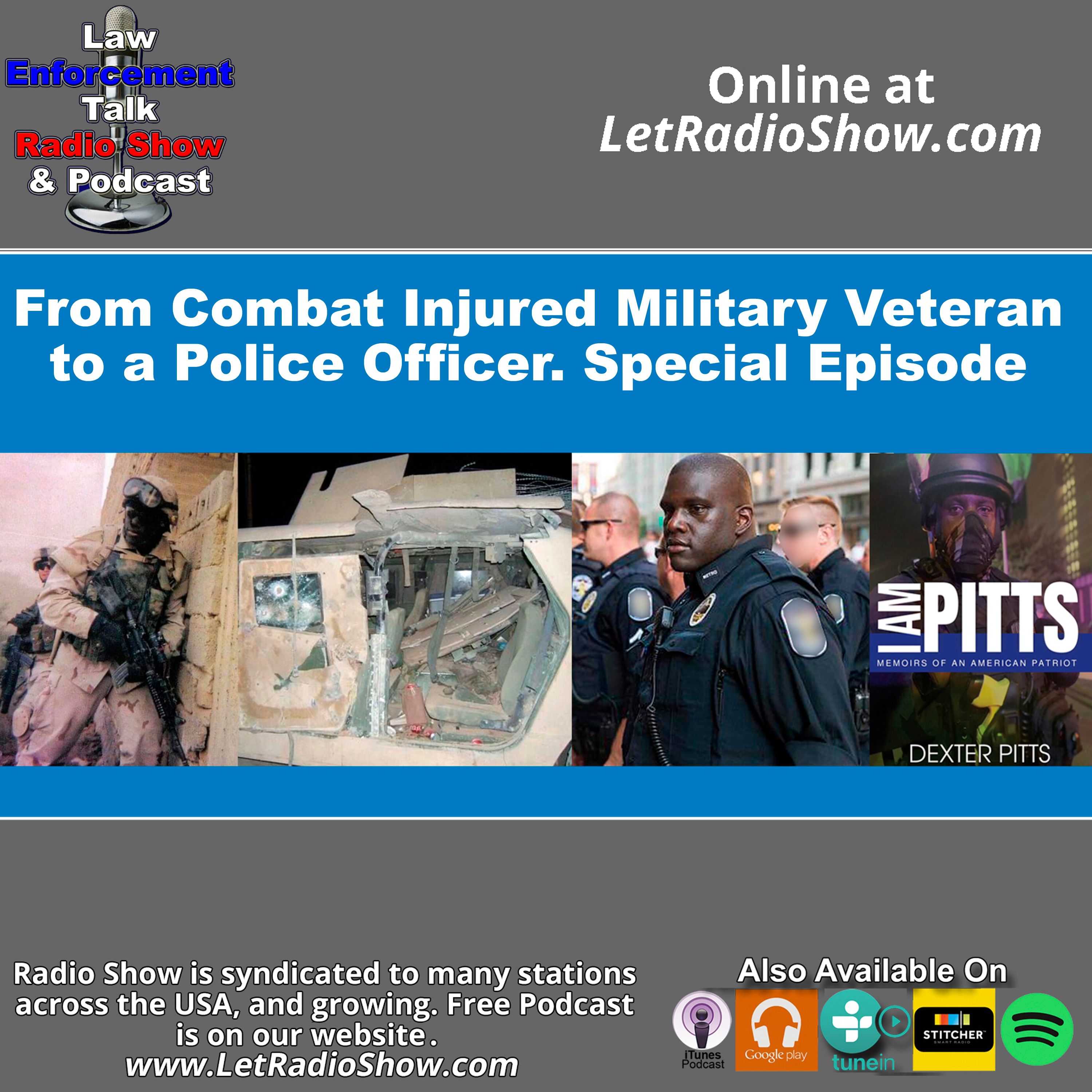Unplug and Disconnect for Success: The Power of Intentional Disconnection

Unplug and Disconnect for Success: The Power of Intentional Disconnection. In a world where the glow of screens and the ping of notifications have become our ambient soundtrack, success is often measured by how many hours one stays “on.” Late-night emails, constant social media, and the pressure to always be reachable are hallmarks of our modern professional life. Yet for John Jay Wiley, true success did not come from perpetual connectivity, it emerged when he made the deliberate choice to unplug.
“Unplug and disconnect for success means disengaging from constant digital connection and work so you can recharge your mind, improve focus, and boost your overall well-being,” John explains. “It’s the foundation for greater productivity, enhanced creativity, and stronger relationships in the long run.”
John’s journey didn’t begin as a grand experiment, he simply grew tired of being pulled in too many directions. But over time, that decision to step away became transformational, both personally and professionally.
LISTEN TO THE FREE PODCAST: From The Drug Violence of Miami to Colombia
Why Unplugging Matters: Backed by Science
John’s story may inspire, but it’s not just anecdotal. In recent years, researchers and clinicians have begun to investigate the psychological, cognitive, and behavioral impacts of what is often called a digital detox or intentional disconnection. The results are mixed but promising, and they help illuminate why John’s approach resonated with others.
Mental Health and Emotional Balance
A comprehensive scoping review published in 2024 examined 14 studies on digital detox interventions and their effects on outcomes like depression, anxiety, and well-being. The authors found that digital detox strategies can alleviate depressive symptoms and reduce problematic internet use, particularly for individuals with more severe baseline symptoms. Unplug and Disconnect for Success: The Power of Intentional Disconnection.
Another meta-analysis exploring digital detox practices concluded that these interventions can promote well-being, a deeper sense of flourishing characterized by purpose, personal growth, and autonomy. The study showed improved attention, emotional regulation, and self-reflection in participants who regularly disconnected.
Still, not all findings are uniformly positive. A systematic review of digital detoxes involving over 2,500 participants found a statistically significant reduction in depressive symptoms, but no consistent improvements in overall life satisfaction, stress, or general mental well-being.
These mixed results suggest that while unplugging helps with certain psychological burdens, its effects depend on individual context, duration, and method of detox.
Sleep, Focus, and Productivity
Reducing digital exposure, especially before bed, plays a measurable role in improving sleep quality and reducing cognitive hyperarousal. In one experimental study, a two-week social media detox (limiting usage to 30 minutes per day) not only reduced smartphone addiction, but also improved sleep, life satisfaction, and stress levels.
The broader field of digital wellness also links constant connectivity to scattered attention, decision fatigue, and cognitive overload. A recent trial on planning a digital detox showed reduced anxiety and depression, supporting the idea that intentional breaks from devices can help restore mental equilibrium.
READ THIS FREE ARTICLE: The Zodiac Killer: America’s Enduring Mystery
In short: unplugging offers your brain space to reset, enhances mental clarity, and supports deeper, more creative work.
Navigating the Complexity
Experts caution that “digital detox” is not a one-size-fits-all prescription. One review published in Pediatrics in 2024 noted the lack of standard definitions, variability in intervention design, and inconsistent outcomes across age groups and contexts. Unplug and Disconnect for Success: The Power of Intentional Disconnection.
The same review suggested that reducing persistent digital use may be more beneficial than extreme abstinence, particularly when the detox is unsustainable or abrupt.
In practice, effectiveness depends on factors such as baseline digital dependence, individual coping style, environmental constraints, and intentional planning. John’s approach aligns well with these insights: he didn’t isolate himself entirely; instead, he structured time and built sustainable habits around disconnection.
John’s Personal Transformation: From Decades of Noise to Daily Quiet
John’s journey began with a simple experiment: set aside ten minutes a day for silence, with no TV, radio, music, or social media. Over time, this quiet window grew into a full hour. But this wasn’t forced isolation, his life outside the detox improved, too.
“I started on January 1st. By January 2nd, I had also begun a weight-loss journey. To date, I’ve lost 60 pounds. Professionally, I’m earning more than I ever have, even though I’ve cut my social media work by about 30%. Personally, I’ve been spending more time with my wife and being truly present.”
LISTEN TO THE FREE PODCAST: Did this ex police officer get a fair trial?
Remarkably, John’s decision to unplug didn’t hamper his output, it seemed to amplify it. He used the time he freed up to refocus on fewer, higher-priority tasks. Simultaneously, he used his quiet moments to deepen his spiritual life, strengthening his relationship with God through prayer and meditation.
Interestingly, his initial quiet moments didn’t happen in a chapel or retreat, they happened during long walks with his dog, twice a day. Over time, these walks became his anchor, the core of his unplugged routine.
“Yes, there were plenty of stumbles and miscues along the way,” he admits. “But with effort and purpose, that period of time has increased to about an hour a day. Those walks became my time to think, pray, and reset.” Unplug and Disconnect for Success: The Power of Intentional Disconnection.
Walking, nature, and rhythm have been linked in psychological research to improved focus and emotional well-being. John’s practice echoes the Attention Restoration Theory, which posits that exposure to nature helps replenish cognitive resources depleted by constant directed attention.
By gradually building his routine and scaling it with intention, John’s transformation illustrates how small, consistent steps can shift not just habits, but life trajectories.
Practical Strategies: Making Disconnection Sustainable
John’s success stems from more than willpower, it’s built on structure, environment, and thoughtful strategies. Below are approaches he recommends, supplemented with insights from behavioral science.
1. Plan With Intention
Clarity is power. Before unplugging, decide when, where, and why. John scheduled his quiet time around his morning and evening walks, moments already part of his day.
Behavioral research emphasizes the effectiveness of implementation intentions (“If X, then Y”) in habit formation. (“If it’s 7:00 pm, then I turn off screens and walk.”)
READ THIS FREE ARTICLE: Clubhouse, Creating Profit and Growing Your Business.
2. Create a Supportive Environment
Distractions are rarely external, they often creep in because the environment allows them. John eliminated as many disruptions as possible: he silenced notifications, blocked distracting apps, and physically stowed his phone during his unplugged hour.
He also improved ambiance: quiet space, soft lighting, nature vistas and moderate exercise. These environmental cues reinforce the brain that “this is time to rest.”
3. Set Clear Boundaries
“Tech-free zones” or “no-screen periods” draw lines between work, rest, and personal life. John draws boundaries around his unplugged hour, his meals, and his evening cool down.
At the enterprise level, some companies adopt “right to disconnect” policies; others encourage email curfews or “phone-free meeting” norms. Over time, creating these boundaries becomes a shared cultural signal.
4. Engage in Offline Activities
Disconnection can feel aimless if the space is empty. John filled his quiet time with prayer, meditation, walking his dog.
Research indicates that offline, immersive activities boost flow, meaning, and engagement, qualities often starved by constant multitasking.
5. Practice Mindfulness
Being unplugged isn’t just about absence of stimuli, it’s about purposeful presence. John integrates deep breathing, reflection, and pause into his unplugged time.
Mindfulness-based practices help anchor attention, reduce anxiety, and deepen introspection. Many digital detox programs embed mindfulness as a core component (not just tech avoidance).
6. Take Micro-Breaks
Disconnecting for an hour is powerful, but even brief pauses matter. John builds in short breaks throughout the day, stepping away from screens, grounding in breath, looking out windows.
These micro-breaks serve as cognitive resets, helping forestall fatigue and maintain attention. They also help reinforce the rhythm of disconnect, making the longer breaks feel more natural.
7. Go Offline Entirely
Occasionally, some experts recommends a full digital detox day or extended weekend, no screens at all. These deeper resets help recalibrate one’s relationship with devices and underscore the value of true rest and reflection. Unplug and Disconnect for Success: The Power of Intentional Disconnection.
That said, such intensive unplugging should be approached with planning, not desperation. Announce it to family and colleagues, and prepare for the emotional and practical hurdles of stepping fully offline.
LISTEN TO THIS FREE PODCAST: A Life of Meaning After A Bad Start in Chicago
The Greater Purpose: Beyond Productivity to Flourishing
John’s story, and much of the research, suggests that unplugging isn’t just a productivity hack. It’s a means to live more intentionally.
“Unplugging isn’t about rejecting technology,” John explains. “It’s about taking control of it, instead of letting it control you.”
In an age when algorithms and apps are designed to hijack attention, reconnecting with silence, depth, and agency becomes a radical act. The benefits John describes, more peace, focus, spiritual growth, and richer relationships, are not side effects. They’re the aim.
John views his journey as part of a larger purpose: living in alignment, deepening his relationship with God, and reclaiming time to love people well. In stepping away from distractions, he reoriented toward what matters most.
Challenges, Resistance and Honest Confessions
No journey is without friction. John acknowledges that the first few weeks were marked by restlessness, impatience, and temptation. His mind would want to fill the silence with podcasts, music, or random scrolling.
“Those early sessions felt like discipline more than rest,” he remembers. “But gradually, the rest became more valuable than the noise.”
He also faced tension in social and professional settings, how to respond when a message demands instant reply, or when others don’t understand the boundaries he was establishing. Communication and consistency helped. Letting friends and colleagues know, “This hour is sacred,” reduced friction. Unplug and Disconnect for Success: The Power of Intentional Disconnection.
Additionally, some days, his unplugged practices slipped. He’d catch himself checking apps mid-walk or staying glued to email longer than planned. But he returned to the habit, rather than judging or abandoning it.
These struggles are normal, and precisely why consistent practice and systems matter more than perfect execution.
Final Reflections and Invitation
In a society that prizes hustle, visibility, and output, the idea of turning away from screens may feel counterintuitive, even risky. But John’s story and the emerging research suggest a compelling alternative: that success may come from the courage to disconnect.
He isn’t the only one. Digital detox interventions have shown measurable reductions in depressive symptoms, improvements in sleep quality, and gains in attention and reflection.
Yet the path is neither linear nor guaranteed. Effectiveness depends on consistency, context, and the intention behind the silence.
John’s journey is not a prescription, but it is a map: start small, anchor in gratitude and presence, build your boundaries, and protect sacred spaces for rest. Over time, the quiet begins to speak louder than the noise ever could.
“In a world that demands constant connection, success may actually come from the courage to disconnect and eliminate all distractions,” he concludes. Unplug and Disconnect for Success: The Power of Intentional Disconnection.
If you’re reading this, perhaps you’re tempted to try too. Begin today: even five minutes of silence and no screen may shift your attention. As John discovered, the greatest leaps sometimes begin in the stillness and silence.
Attributions























